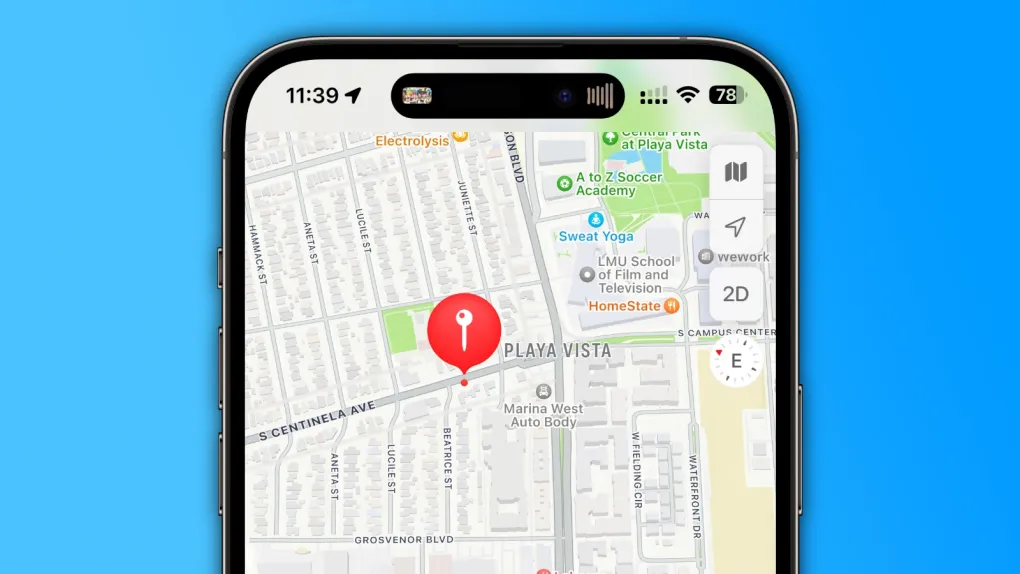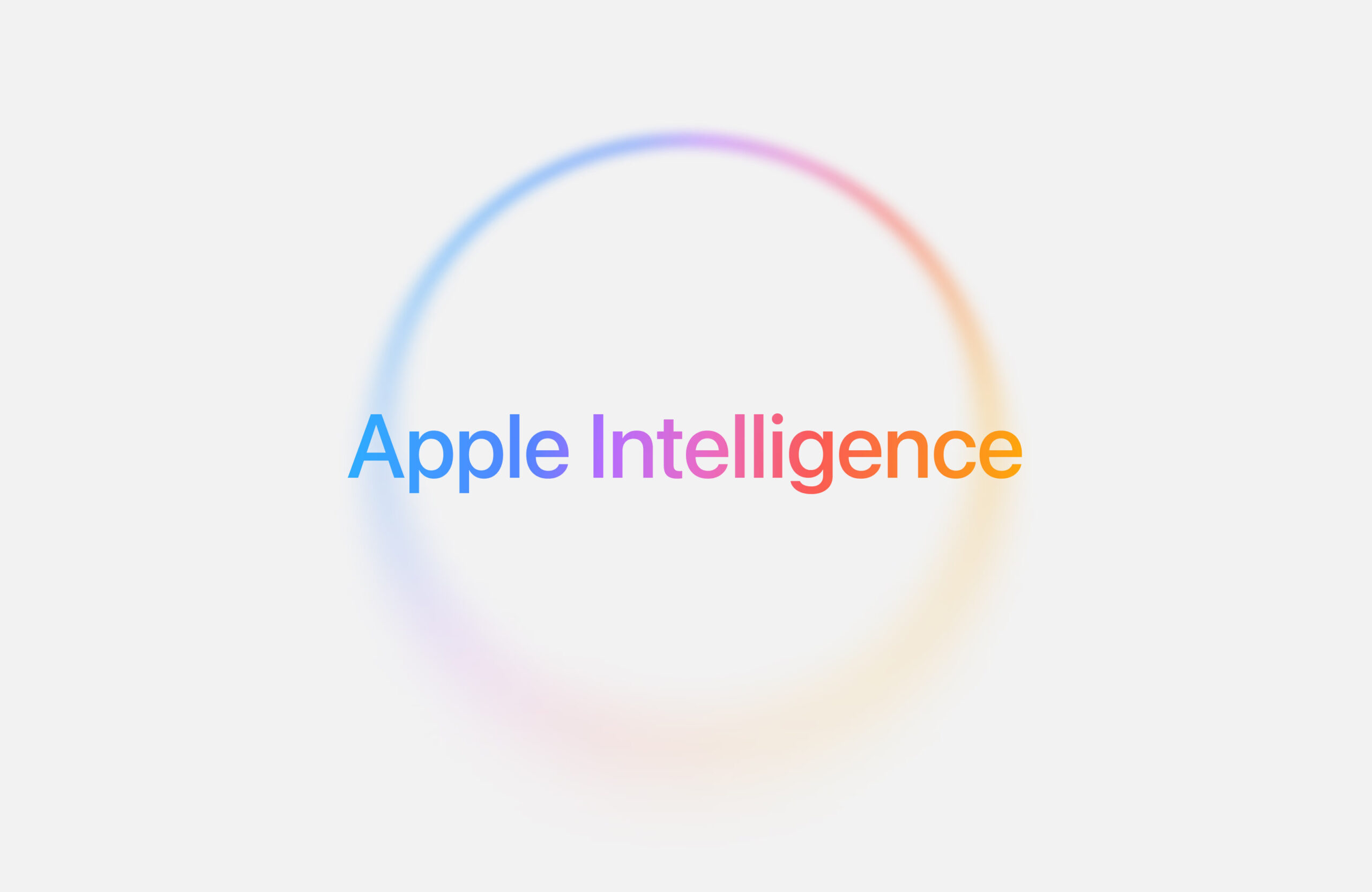Apple’s iOS 18.4 update is bringing some cool stuff to CarPlay and your iPhone. For CarPlay, there are three neat upgrades. First, if your car has a big screen, you’ll see an extra row of app icons—perfect for quick access without swiping too much.
Second, sports fans can cheer because a new tool lets apps show game scores right on CarPlay, though it might take a bit for apps to catch up. Third, in the EU, you can pick your favorite navigation app—like Google Maps—instead of sticking with Apple Maps, making Siri directions smoother.
These changes make driving more fun and handy, especially if you’ve got the right car setup. On the iPhone side, iOS 18.4 adds a relaxing new feature: ambient music. You can tap a button in Control Center to play calm tunes for chilling, working, sleeping, or feeling good.
There are four ready-made options, but you can swap them for your playlists. It’s simple to start, and a hidden mini-app lets you skip tracks or tweak the volume. While it’s only on iPhone and iPad for now (not Mac), it’s a nice way to unwind with just a tap. These updates show Apple’s working hard to make your tech life better, whether you’re on the road or kicking back at home. iOS 18.4 is almost here, so get ready to enjoy!






